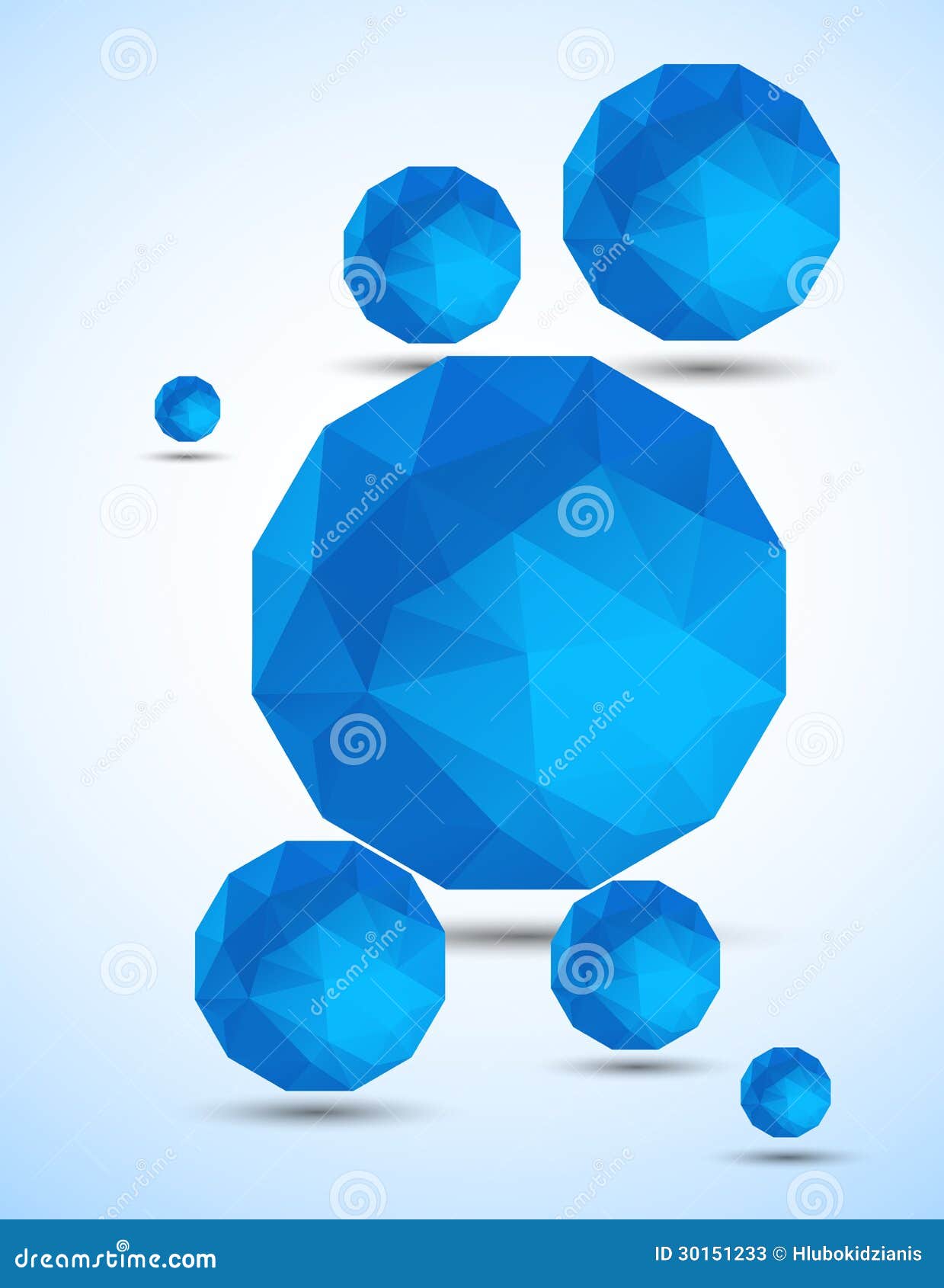

“Maybe for the first time we have something that we could call intelligence.” “Something new is happening here,” he says. To Bubeck, such a feat surely required some abstract grasp of the elements of such a creature.
#Background blue spheres code
But the code the model presented him with, when fed into a TikZ rendering software, produced a crude yet distinctly unicorny image cobbled together from ovals, rectangles, and a triangle. Bubeck was using a version of GPT-4 that only worked with text, not images. That night, Bubeck got up, went to his computer, and asked GPT-4 to draw a unicorn using TikZ, a relatively obscure programming language for generating scientific diagrams. But to Bubeck, the system’s output seemed to do so much more than just make statistically plausible guesses. GPT-4, like its predecessors, had been fed massive amounts of text and code and trained to use the statistical patterns in that corpus to predict the words that should be generated in reply to a piece of text input. But he and his colleagues kept marveling at how different GPT-4 seemed from anything they’d seen before. Bubeck was part of a team working to integrate the new AI system into Microsoft’s Bing search engine.
#Background blue spheres upgrade
Participants enjoyed great networking opportunities, and possibility to discuss in-depth those topics high on the agenda, like climate change, energy crisis, agriculture and opportunities for young farmers, and cohesion policy with European high-level officials.Bubeck had recently gotten early access to GPT-4, a powerful text generation algorithm from OpenAI and an upgrade to the machine learning model at the heart of the wildly popular chatbot ChatGPT.
#Background blue spheres series
The first 50 councillors already came to Brussels in March in two groups, visited the main institutional buildings and attended a series of thematic sessions tailor made on their needs with experts, members of the European Parliament and of the Committee of the Regions. Members are invited to fill in a specific survey in order to receive a targeted set of communication services, such as digital and physical materials, webinars and learning offer on selected topics, and visits to Brussels’ institutions. Councillors joining the BELC network are the building blocks of a European governance made of institutions, local communities, and the citizens who will soon be voting in the European elections in 2024. The Conference on the Future of Europe laid another foundation stone in 2022, including in the closing recommendations a call to set up a network of local councillors ( proposal 36, point 6).

The fundamental idea of BELC is that communicating the EU is a responsibility shared by EU institutions and Member States at all levels, including the local governance level. Local politicians play a strategic role in engaging communities towards EU issues they do speak the same language and share the same background as people in small constituencies, who sometimes may feel left behind. From leading countries Italy, Spain, and Portugal, having the largest number of representatives so far, members and partners are spread across the EU – from the Canary Islands to Latvia! Members are elected representatives of small-medium cities, mainly between 10.000 and 100.000 inhabitants, but also from small villages counting few hundreds inhabitants.Īn interactive map of members and partners shows the reach of the network. Launched in June 2022, the network BELC is taking up across Member States with more than local councillors.


 0 kommentar(er)
0 kommentar(er)
